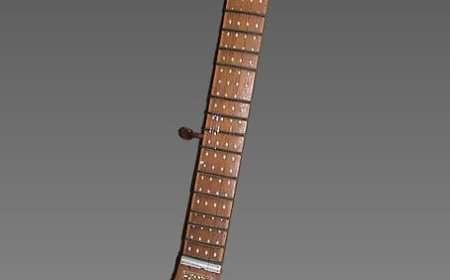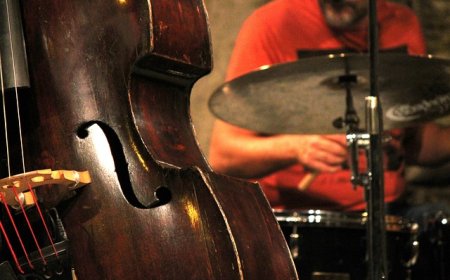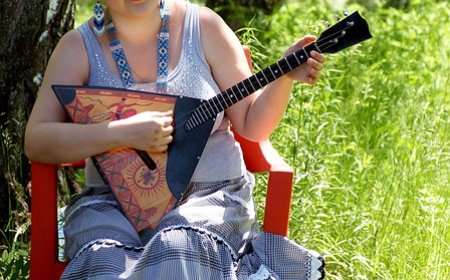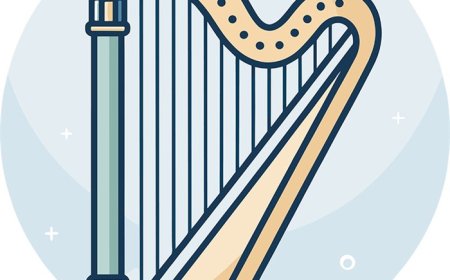Harmonica Facts for Kids – Learn About This Fun and Portable Instrument
Discover harmonica facts for kids. Learn how the harmonica works, how it makes music with your breath, and why it’s used in blues, folk, and country songs.
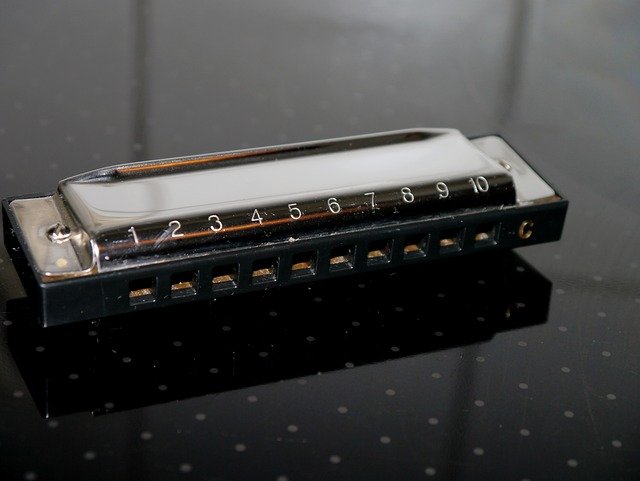
🎵 All About the Harmonica
🥇 Introduction
The harmonica, sometimes called a mouth organ or harp, is a small wind instrument played by blowing and drawing air through reeds. It’s used in blues, country, rock, folk, classical, and even jazz. The harmonica may be tiny, but it has a powerful voice—and with a little practice, anyone can learn to play songs, solos, and even full melodies. It’s portable, fun, and full of emotion.
🎶 What Is a Harmonica?
A harmonica is a rectangular wind instrument played by blowing or inhaling air through holes on one side. Each hole connects to metal reeds that vibrate to produce different pitches. You don’t press any keys—you control the notes by where you blow and how.
There are different types of harmonicas:
-
Diatonic harmonica – Most common; usually in one key (like C or G)
-
Chromatic harmonica – Has a button to access all notes and play in any key
-
Tremolo and Octave harmonicas – Have special tuning for vibrato or fuller sound
-
Bass and chord harmonicas – Used in harmonica ensembles for deep and rhythmic parts
🧩 Parts of the Harmonica
Even though it’s small, the harmonica has several clever parts that work together:
-
Cover Plates – Metal covers that protect the inside and shape the sound
-
Comb – The middle body of the harmonica with air channels (made of plastic, wood, or metal)
-
Reeds – Thin metal strips that vibrate when air passes over them
-
Reed Plates – Metal plates that hold the reeds in place
-
Mouthpiece – The side you blow into, lined with holes
-
Slide Button (chromatic only) – Lets you raise the pitch by a half-step
-
Air Channels – Pathways that direct your breath to the correct reeds
Each hole on a harmonica typically plays two notes: one when you blow (exhale), and another when you draw (inhale).
⚙️ How Does the Harmonica Work?
The harmonica is a free-reed instrument, meaning it makes sound when air flows across metal reeds inside.
Here’s what happens:
-
You place your mouth over one or more holes.
-
You either blow out or draw in air.
-
The air passes a reed, making it vibrate.
-
The vibration creates a musical note.
Unlike most wind instruments, the harmonica makes sound when you breathe in or out. Skilled players can create bends, vibrato, chords, and effects with their breath and mouth shape.
📜 History of the Harmonica
The harmonica was first created in the early 1800s in Germany, inspired by Chinese reed instruments. The Hohner company, founded in 1857, became the world’s largest harmonica maker.
In the late 1800s and early 1900s, immigrants brought harmonicas to the United States, where they became popular in:
-
Blues and folk music
-
Country and western bands
-
Railroad and mining camps
By the mid-20th century, the harmonica was used by rock, jazz, and even classical musicians.
Today, the harmonica remains a favorite for its emotional sound, compact size, and versatility.
🥁 Famous Harmonica Players
The harmonica has been played by some legendary musicians in many genres:
-
Little Walter – Blues legend known for electrified harmonica solos
-
Stevie Wonder – Soul and pop star who plays chromatic harmonica
-
Bob Dylan – Folk-rock icon famous for singing and playing harmonica together
-
Toots Thielemans – Jazz musician known for emotional, smooth harmonica lines
-
Neil Young – Rock and folk singer who often includes harmonica in his performances
-
Howard Levy – Virtuoso who plays complex jazz and world music on diatonic harmonica
-
John Popper – Fast-playing harmonica star from the band Blues Traveler
🎶 Learning to Play the Harmonica
The harmonica is one of the easiest instruments to start learning, and it's affordable too! You can begin making music right away with just your breath and some basic technique.
Beginners learn:
-
Blowing and drawing to play different notes
-
Playing simple melodies and rhythms
-
Bending notes (changing pitch with your mouth shape)
-
Using hand techniques for vibrato and volume
-
Reading tablature or playing by ear
Many students start with a diatonic harmonica in the key of C. It’s perfect for folk songs, blues riffs, and more.
😄 Fun Facts About the Harmonica
-
The harmonica is also called a “mouth harp” or “blues harp.”
-
Astronauts brought harmonicas to outer space on NASA’s Gemini 6 mission!
-
You can play chords, melodies, and rhythm on a harmonica—just with your breath.
-
The smallest harmonicas have just four holes; some have more than 16!
-
Harmonica bending sounds like a train whistle or human voice.
-
Some players use hands, microphones, and amplifiers for cool effects.
-
You can keep a harmonica in your pocket and pull it out for a jam anytime!
👧 Kid-Friendly Summary
The harmonica is a small instrument you blow into, kind of like a whistle with notes! You can play songs by breathing in and out through little holes. It fits in your pocket, sounds awesome in blues and folk music, and is fun and easy to learn!
📚 Vocabulary Words
Harmonica – A small wind instrument played by blowing or drawing air through holes
Reeds – Thin metal pieces inside the harmonica that vibrate to make sound
Draw – To inhale air through the harmonica
Blow – To exhale air into the harmonica
Comb – The body that holds the air channels and reeds
Chromatic – A type of harmonica that can play all 12 notes with a slide button
Bending – Changing the pitch of a note by changing your mouth shape
Free-Reed – An instrument that makes sound from air flowing over a vibrating reed
❓ Interactive Quiz (8 Questions)
1. What kind of instrument is the harmonica?
A. String
B. Wind
C. Percussion
D. Keyboard
2. What happens when you blow or draw air through a harmonica?
A. A button is pressed
B. A reed vibrates
C. A drum is hit
D. A string is plucked
3. What are the thin metal pieces inside that make the sound?
A. Strings
B. Pipes
C. Reeds
D. Flutes
4. What do you call it when you inhale through the harmonica?
A. Blow
B. Draw
C. Push
D. Pull
5. Which famous musician plays the harmonica and the piano?
A. Elvis Presley
B. Stevie Wonder
C. Mozart
D. Louis Armstrong
6. What is the main difference between a diatonic and chromatic harmonica?
A. Chromatic harmonicas are louder
B. Chromatic harmonicas have a slide to play more notes
C. Diatonic harmonicas are only for jazz
D. Diatonic harmonicas need electricity
7. What type of music often features harmonica solos?
A. Blues
B. Opera
C. Marching band
D. EDM
8. What fun nickname is sometimes used for the harmonica?
A. Wind piano
B. Mouth harp
C. Air guitar
D. Pocket flute


















































